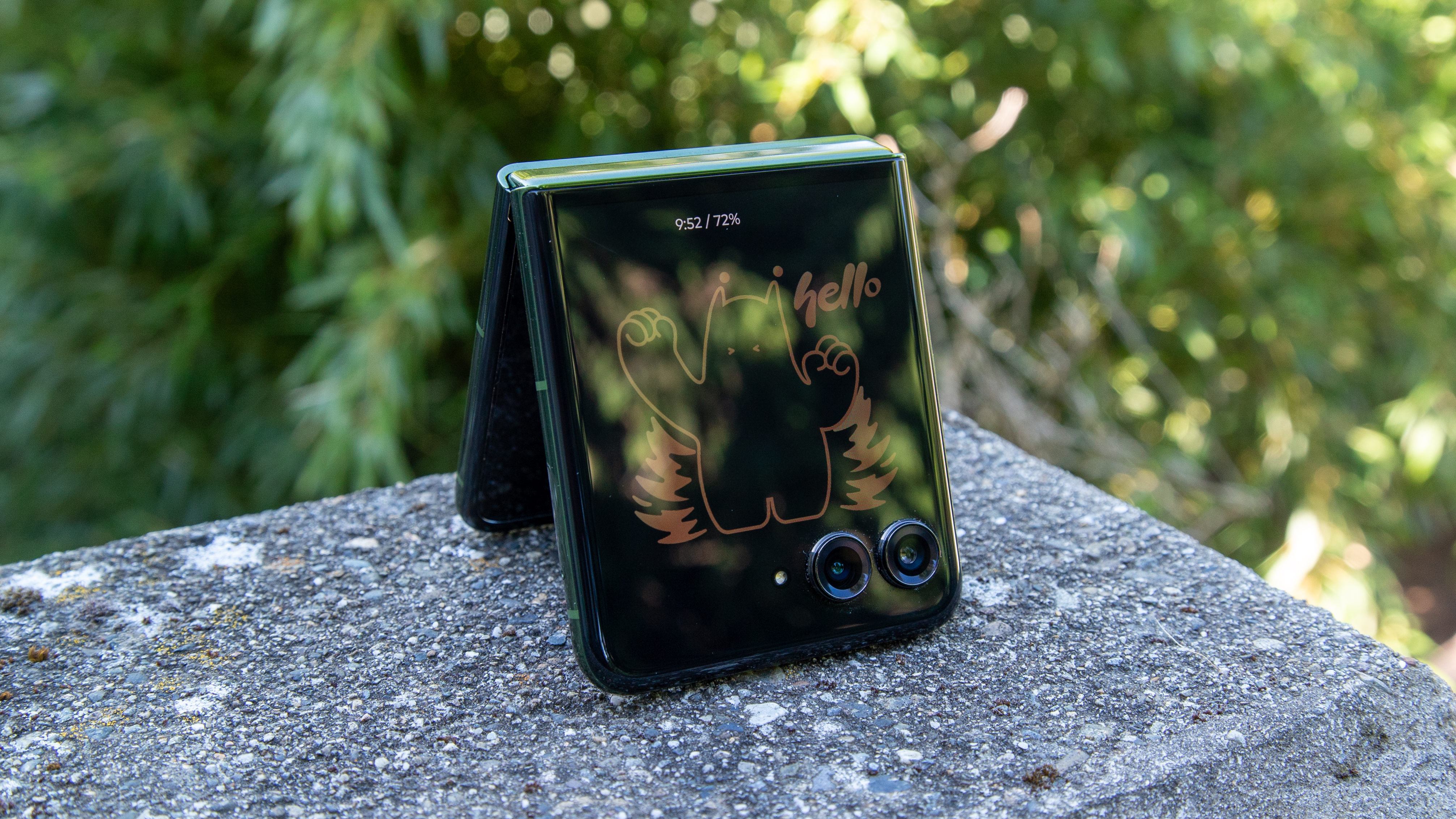Samsung Galaxy Watch Active vs. Fossil Sport: Which should you buy?
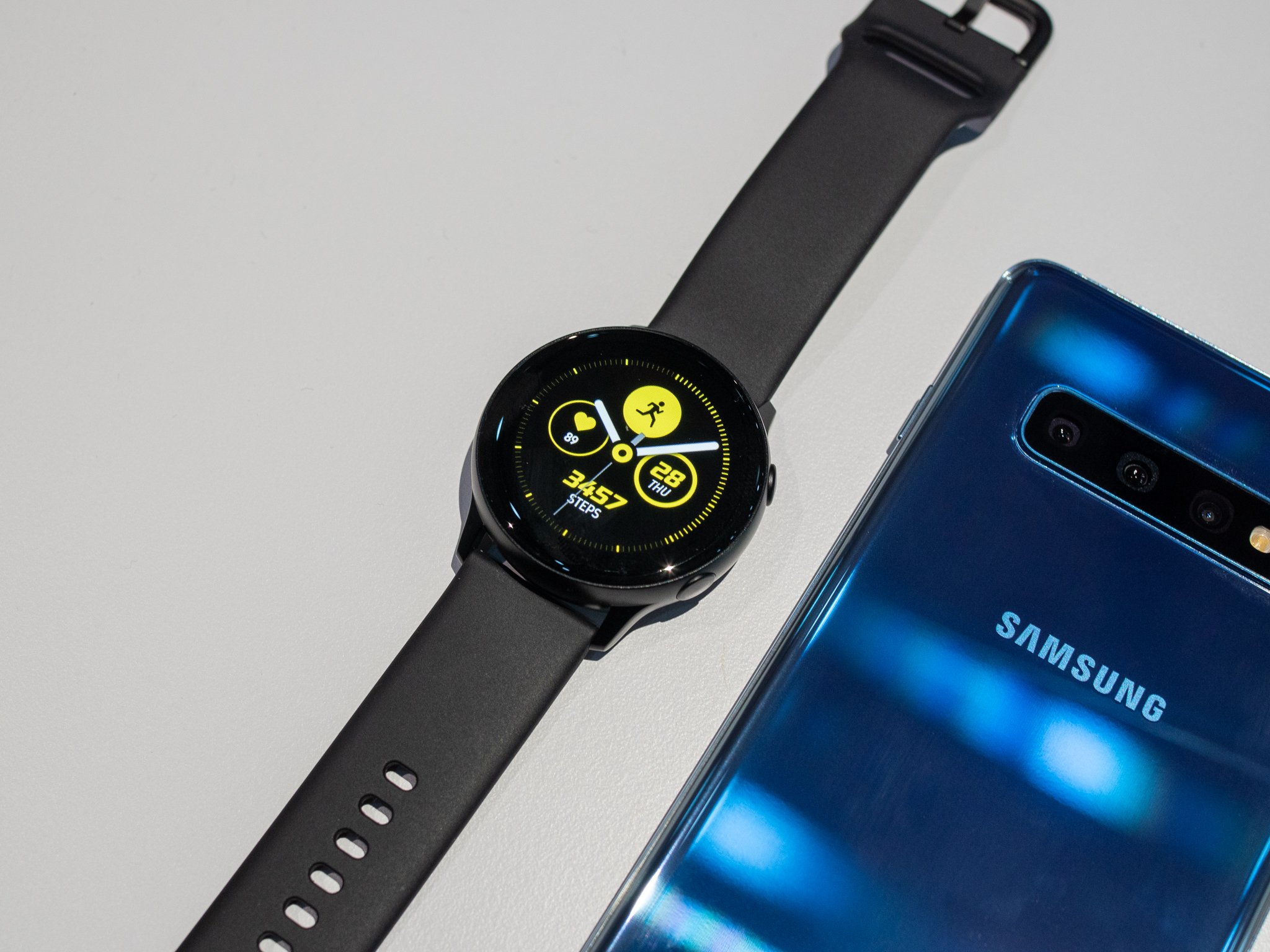
Samsung Galaxy Watch Active
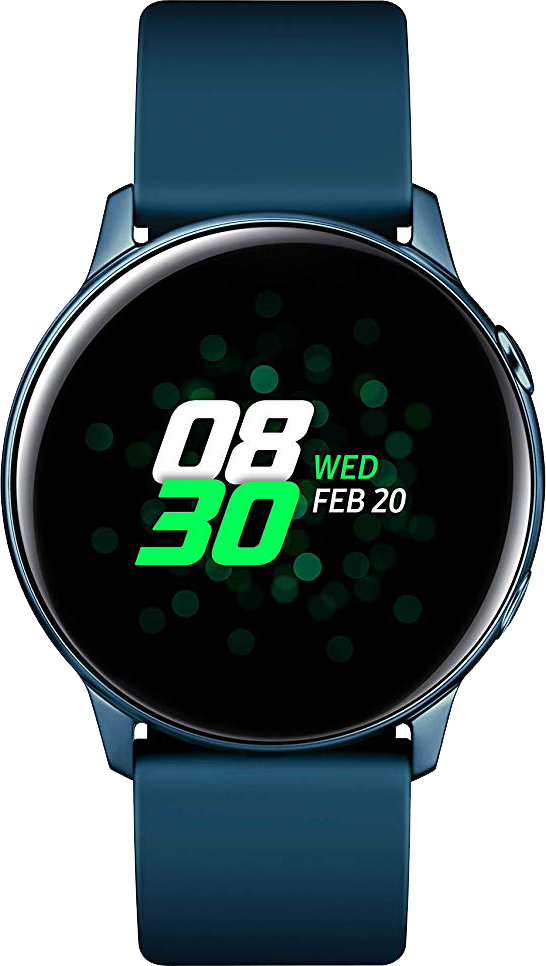
The Galaxy Watch Active may not have the rotating bezel Samsung's watches have become known for, but it's still a solid offering that nails the fundamentals. Between smooth performance, impressive battery life, and good fitness tracking, this is a great buy at a reasonable price.
Samsung Galaxy Watch Active
Well-rounded
Fossil Sport (Gen 4)
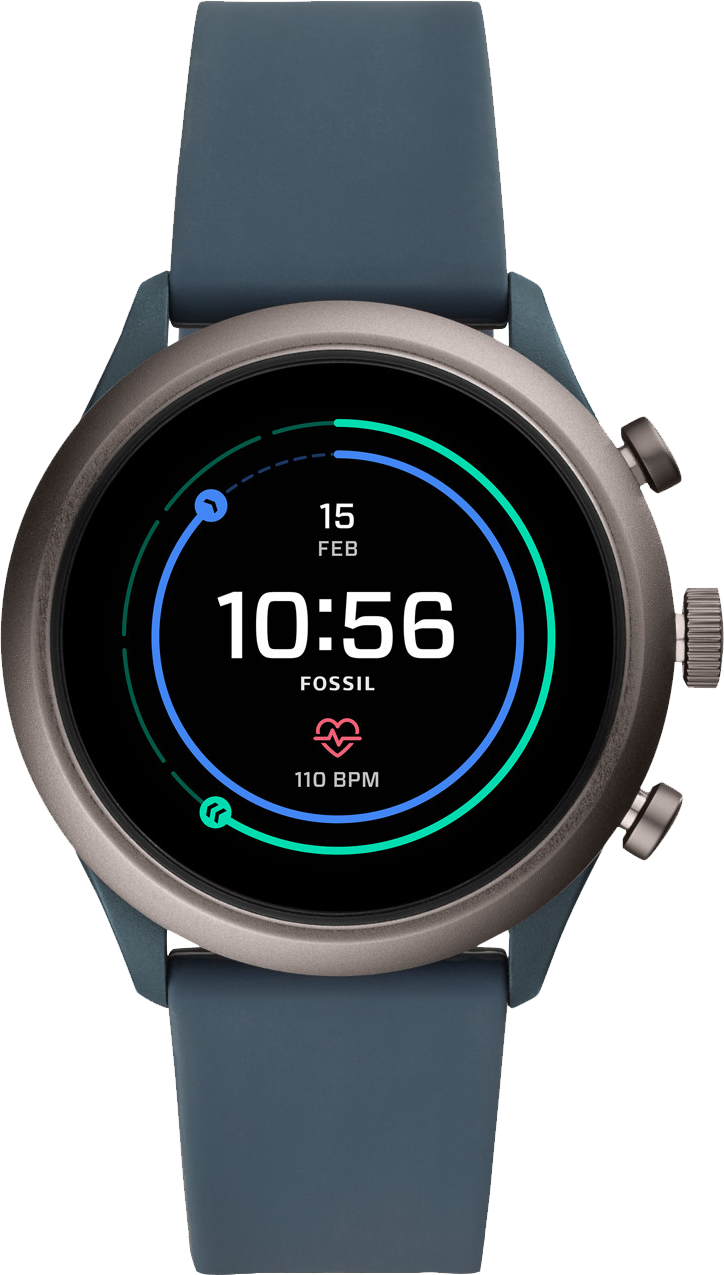
The Fossil Sport is a great-looking, comfortable watch with a rotating crown that makes navigating through the interface a breeze. Wear OS still has its problems and bugs, but this is the best Wear OS watch for most people, with a clean design and a vast ecosystem of apps.
Fossil Sport (Gen 4)
Worn OS
The Galaxy Watch Active and Fossil Sport are both fairly new entries to the smartwatch space, and they aim for the same core audience: a mix of casual users and fitness enthusiasts that want basic activity tracking, music control, and notifications on their wrist. There's no one-size-fits-all answer here, but based on price alone, the Galaxy Watch Active is a good, all-around choice for most shoppers.
A look at the hardware
The hardware on both smartwatches is fantastic. They're both made mostly of aluminum, which is significantly lighter than the stainless steel used in watches like the Apple Watch Series 4. The Galaxy Watch Active comes in a single 40mm configuration, while the Fossil Sport is available in either 43mm or 41mm. Unfortunately, this variance in sizes means that every watch accepts different replacement bands; 20mm, 22mm, and 16mm, respectively.
The Fossil Sport's rotating crown is a delightful way to navigate Wear OS.
Most Galaxy Watches feature a rotating bezel to help navigate through the software, but the Watch Active omits this to cut down on cost and simply features two buttons along the righthand side. They're fine, but being so flush along the hardware, they can be a bit difficult to find.
| Category | Samsung Galaxy Watch Active | Fossil Sport |
|---|---|---|
| Operating System | Tizen OS 4.0 | Wear OS |
| Processor | Exynos 9110 | Snapdragon Wear 3100 |
| Storage | 4GB | 4GB |
| Connectivity | Wi-Fi 802.11 b/g/n, GPS, Bluetooth 4.2 | Wi-Fi 802.11 b/g/n, GPS, Bluetooth 4.2 |
| Speaker | Yes | No |
| Microphone | Yes | Yes |
| Water Resistance | Yes | Yes |
| Dimensions | 39.5 x 39.5 x 10.5mm | 43 x 43 x 12mm |
| Weight | 25g | 29g |
| Colors | Silver, Black, Rose Gold, Green | Black, Smokey Blue, Red, Neon, Light Blue, Blush, Gray |
By contrast, the Fossil Sport features three pronounced buttons on the side, with the larger central button doubling as a rotating crown. This serves largely the same purpose as Samsung's rotating bezel, and it's a very welcome feature that keeps your finger from blocking your view and smudging your screen.
Tizen versus Wear OS
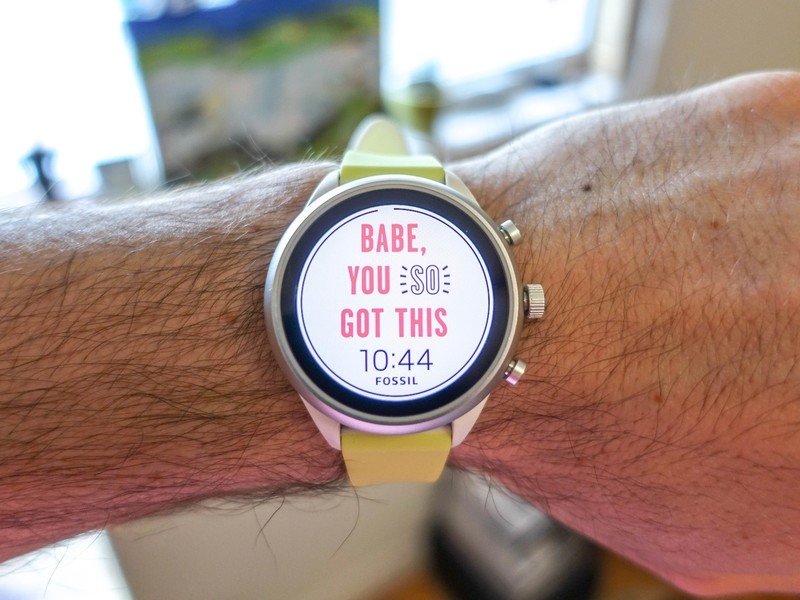
Fundamentally, the biggest difference between these two watches is their respective operating systems. The Galaxy Watch Active uses Samsung's Tizen platform, which has a fairly small selection of third-party apps — notably, it's missing Google Maps and Messages — but offers an intuitive UI and smooth performance.
Be an expert in 5 minutes
Get the latest news from Android Central, your trusted companion in the world of Android
By contrast, Google's Wear OS on the Fossil Sport has a variety of bugs and performance issues, but it's backed by a huge ecosystem of apps from various A-list developers. It also has extremely useful additions like Google Assistant, which most will agree is far handier than Bixby on the Watch Active.
Shifting over to fitness, both models are water resistant and offer GPS and heart rate monitoring to collect health and activity information. Google Fit on the Fossil Sport isn't quite as robust as Samsung Health, but you can download third-party solutions like MyFitnessPal on either watch.
Samsung's combination of good battery life, performance, and fitness tracking is hard to beat.
And while both watches offer sleep tracking, the Fossil Sport simply doesn't have good enough battery life to make it through the next day if you leave it on your wrist at night. The Watch Active can reliably last for two days on a single charge — though of course, that's less likely if you're taking advantage of features like the always-on display and GPS.
Bottom line
Ultimately, unless you're after the design or app ecosystem of the Fossil Sport, you're probably better off saving money and getting the Galaxy Watch Active, which offers better battery life, smoother performance, and arguably more intuitive software.
One more thing to be aware of, however: we're expecting to see the Watch Active's sequel in the coming weeks, so you might want to hold off for a bit and see what Samsung has to offer. Leaks suggest the Galaxy Watch Active 2 will include an ECG and fall detection, along with leather bands and new color options.
Hayato was a product reviewer and video editor for Android Central.

